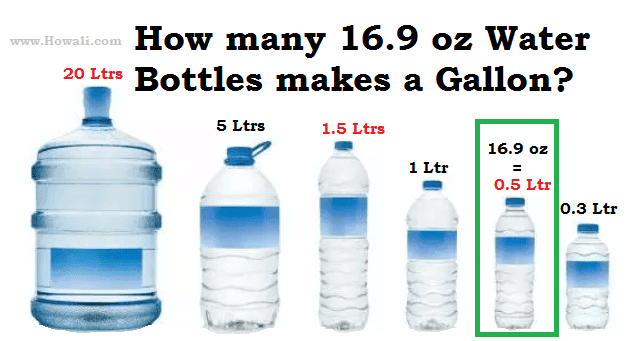Select Model
Chart is for a gallon of water weighting approx 8lbs per gallon. Water is not a typical tire fill. Methonal Alchol is a more common fill and weights 6.5lbs per gallon. Other fills like Calcium, Beat Juice, etc can be varying weights.
| TIRE SIZE | GALLONS OF WATER | ADDED WEIGHT (lbs.) PER TIRE |
|---|---|---|
| 4.00-12 | 2 | 17 |
| 4.00-15 | 2.5 | 21 |
| 4.00-19 | 3 | 25 |
| 5.00-15 | 3.5 | 29 |
| 5.50-16 | 5 | 42 |
| 6.00-12 | 4.5 | 37 |
| 6.00-14 | 5 | 41 |
| 6.00-16 | 6 | 50 |
| 6.50-16 | 7 | 58 |
| 7.50-10 | 6 | 50 |
| 7. | 8 | 66 |
| 7.50-16 | 9 | 75 |
| 7.50-18 | 10 | 83 |
| 7.50-20 | 11 | 92 |
| 9.00-10 | 9 | 75 |
| 9.5L-15 | 11 | 92 |
| 9.50-20 | 18 | 150 |
| 9.50-24 | 20 | 167 |
| 10.00-16 | 17 | 142 |
| 11.00-12 | 18 | 150 |
| 11L-15 | 13 | 108 |
| 11.00-16 | 23 | 192 |
| 11L-16 | 15 | 123 |
| 14L-16.1 | 27 | 225 |
| 16.5L-16.1 | 42 | 346 |
| 7.2-24 | 9 | 75 |
| 7.50-16 | 9 | 75 |
| 8.3-24 | 13 | 108 |
| 9.5-16 | 12 | 100 |
| 9.5-24 | 17 | 142 |
9.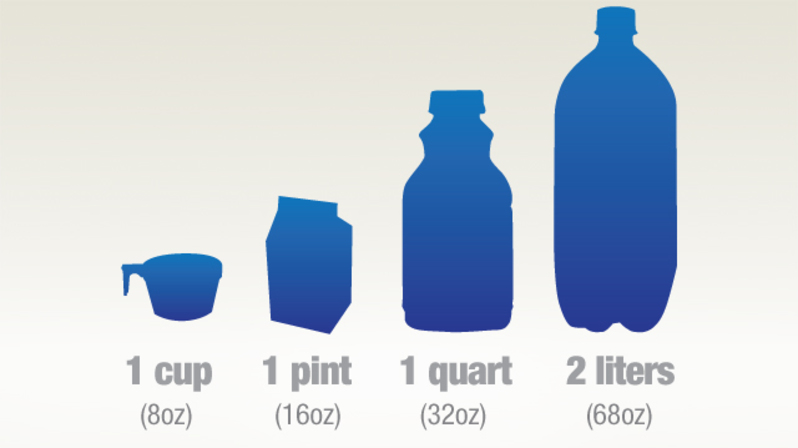 5-36 5-36 | 25 | 209 |
| 9.5-42 | 29 | 242 |
| 10-16.5 | 12 | 97 |
| 11.2-24 | 24 | 200 |
| 11.2-28 | 27 | 225 |
| 11.2-34 | 33 | 275 |
| 11.2-36 | 35 | 292 |
| 11.2-38 | 36 | 300 |
| 12.4-16 | 21 | 175 |
| 12.4-24 | 30 | 250 |
| 12.4-28 | 35 | 292 |
| 12.4-36 | 44 | 367 |
| 12.4-38 | 46 | 384 |
| 12.4-42 | 51 | 425 |
| 13.6-24 | 38 | 317 |
| 13.6-26 | 40 | 334 |
| 13.6-28 | 43 | 359 |
| 13.6-38 | 57 | 475 |
| 14.9-24 | 47 | 392 |
| 14.9-26 | 48 | 400 |
14. 9-28 9-28 | 53 | 442 |
| 14.9-30 | 57 | 475 |
| 14.9-36 | 64 | 534 |
| 14.9-38 | 67 | 559 |
| 15.5-38 | 66 | 550 |
| 16.9-24 | 61 | 509 |
| 16.9-26 | 65 | 542 |
| 16.9-28 | 69 | 575 |
| 16.9-30 | 73 | 609 |
| 16.9-34 | 82 | 684 |
| 16.9-38 | 90 | 751 |
| 17.5L-24 | 55 | 459 |
| 18.4-16.1 | 49 | 409 |
| 18.4-24 | 75 | 626 |
| 18.4-26 | 79 | 659 |
| 18.4-28 | 84 | 701 |
| 18.4-30 | 89 | 742 |
| 18.4-34 | 100 | 834 |
| 18.4-38 | 110 | 917 |
| 19.5L-24 | 73 | 609 |
20.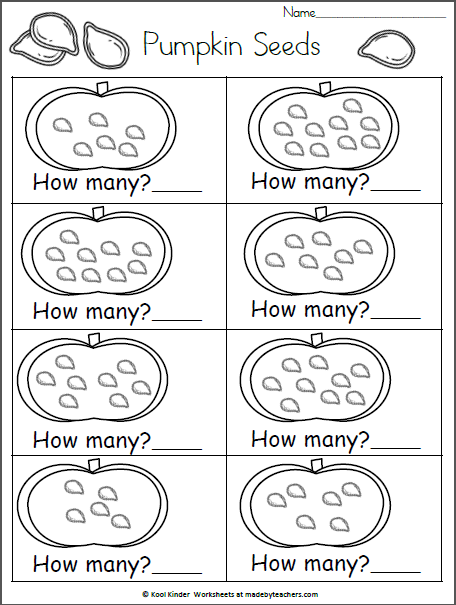 8-34
8-34 | 128 | 1068 |
| 20.8-38 | 140 | 1168 |
Messick's offers a full line of implements so y...
6We offer field and orchard sprayers from New Ho...
71Most compact tractor buyers are new to the equi...
14We feel strongly that Messick's and our vendors...
25Messick's is the first stop for experienced own...
65Helping you understand basic terminolgy, and th...
21Videos of our customers operating their equipme.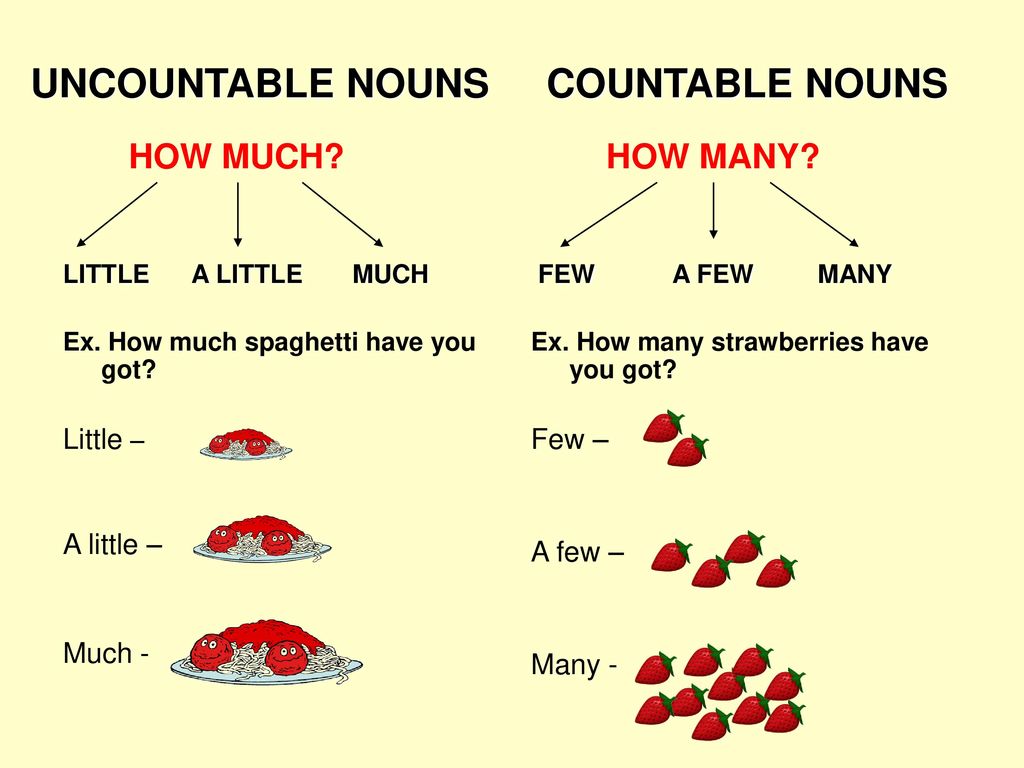 ..
..
Messick's offers a complete range of round bale...
39The right landscape equipment can turn a chore ...
8Our precision farming experts can help you sque...
5Knowing what to look for on a used piece of equ...
18We offer a line of heavy duty tractors for heav...
6If your just getting the mail, or hauling a hea...
Search the catalogs for specific equipment.
OR
[Find by Model]
Currently searching parts for:
None
Choose from your equipment:
None
View My Equipment | Search Without Model
by Justin
Of all the many uses of an air compressor, one of the most common is tire inflation. Many homeowners would agree that this alone is reason enough to have a compressor on hand. But before you go out and buy a compressor for inflating your tires, you want to be sure you get a model that’s up to the task.
Many homeowners would agree that this alone is reason enough to have a compressor on hand. But before you go out and buy a compressor for inflating your tires, you want to be sure you get a model that’s up to the task.
What size air compressor you’ll need for filling tires depends on the size and pressure requirements of your tires. Most compressors of any size can inflate small-to-medium tires but may not work well for larger truck tires. The compressor’s CFM and PSI capabilities are the most important factors.
Table of Contents
The main things to consider when looking for an air compressor for tire inflation are the size and recommended PSI of the tires you’ll be inflating. If you just want a fast and easy way to fill up bike tires or wheelbarrow tires, virtually any compressor will do – you’d just want to be careful when using a large and powerful compressor, to avoid overfilling and bursting your tires.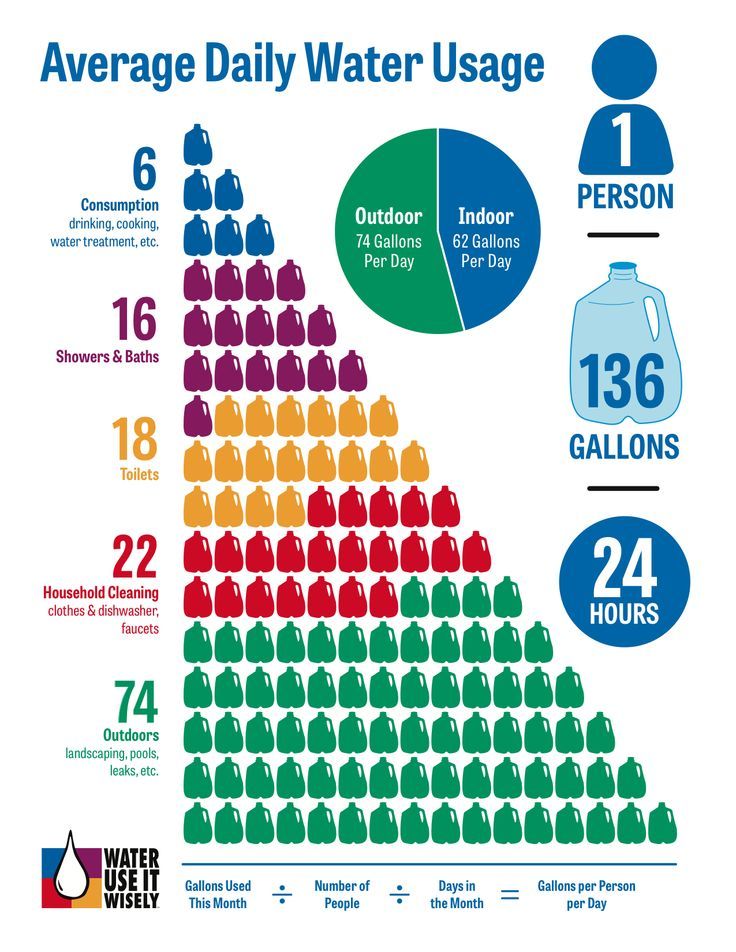
It’s when you move up to automotive tires that you might start to run into difficulties. Typically, tires on sedans, mid-size SUVs, and smaller trucks aren’t very large and only need to be filled to a recommended pressure of around 32-36 PSI. Even the smallest compressors are usually more than capable of filling these from empty.
But larger tires, such as those on larger SUVs, trucks, and RVs, often require inflation up to 100 PSI. This may be too much for some portable compressors that have a lower operating PSI.
There are a few key criteria to consider that will determine whether or not a given compressor can be used to fill your tires – and how efficiently it will do so.
Perhaps the most important factor is the air compressor’s maximum PSI rating. PSI (pounds per square inch) is the measurement for how much air pressure the compressor can provide. If the tire requires more pressure than your compressor can provide, you won’t be able to fully inflate the tire – it will only inflate to the maximum pressure output of your compressor.
For instance, if your compressor has a maximum operating pressure of 70 PSI and you try to inflate a truck tire to 100 PSI, you’ll only be able to put 70 PSI of pressure in the tire.
As a general rule, it’s best to use a compressor with a maximum operating pressure of at least 10 PSI higher than the recommended tire pressure. So if your tire needs 100 PSI, you’ll want a compressor capable of generating 110 PSI or higher. An equal PSI could also work, but the air exchange will go slower the closer you get to the max pressure, so it could take a while.
On that note, most compressors with storage tanks have two gauges – one for tank pressure and one for regulated pressure (the pressure going through the air hose). When using such a compressor, you’ll want to make sure the regulator knob is set at least 10 PSI higher than the inflation pressure you’re trying to achieve – otherwise you won’t be supplying adequate pressure even if the tank pressure is maxed out.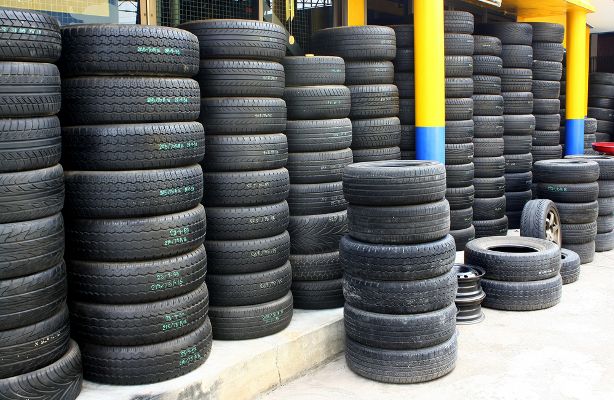
Another important factor is the compressor’s CFM rating. CFM (cubic feet per minute) is a measurement of the rate of flow the compressor can provide. This mainly impacts how quickly and efficiently you can fill your tire. It’s important to note that CFM should always be measured in the context of air pressure. That is, it’s usually measured as x CFM @ x PSI. For example, a compressor that can provide 1 CFM @ 100 PSI will likely be able to provide 2 CFM @ 50 PSI.
This is important because you generally don’t want to go any lower than 1 CFM at the necessary tire pressure – unless you don’t mind spending a lot of time filling your tires. So, say your compressor offers 1 CFM @ 50 PSI but only 0.6 CFM @ 100 PSI. If you’re inflating a small car tire to 36 PSI you should have no problem, but filling a big truck tire to 100 PSI could take a very long time.
The size of the air compressor tank will make a difference in how long it takes to fill your tires and how long your compressor pump will have to run.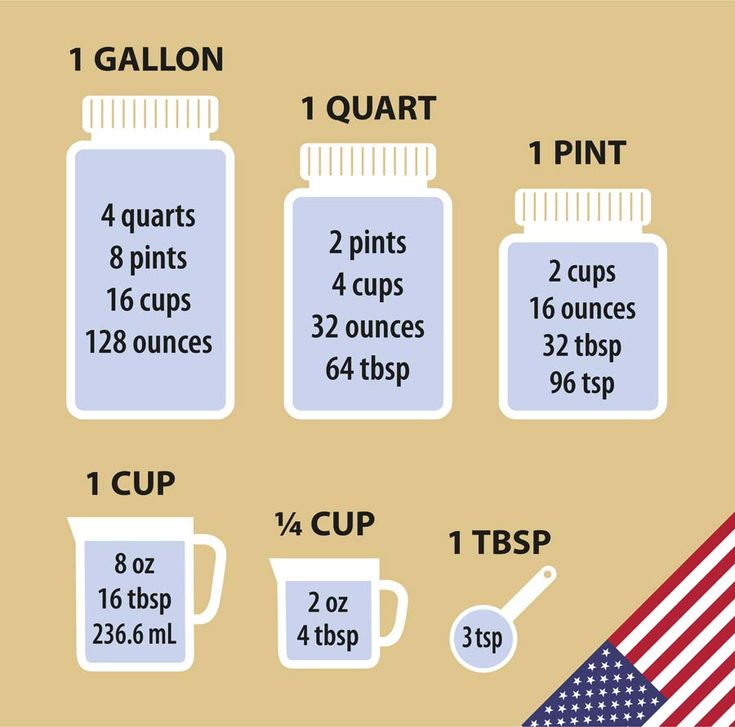 If you’re just topping off a tire or two (adding a few pounds of pressure to each tire), a 1-gallon tank should be more than enough to get the job done in one go. If you’re filling a tire from empty, however, it will probably take multiple cycles to fill the tire completely – the larger the tire, the longer it will take. This means you’ll have to wait while the tank recovers (refills).
If you’re just topping off a tire or two (adding a few pounds of pressure to each tire), a 1-gallon tank should be more than enough to get the job done in one go. If you’re filling a tire from empty, however, it will probably take multiple cycles to fill the tire completely – the larger the tire, the longer it will take. This means you’ll have to wait while the tank recovers (refills).
Naturally, the larger the tank, the less waiting you’ll have to do. Portable 3-gallon and 6-gallon compressors are typically better for larger tires. Many small compressors designed to be kept in vehicles are designed to provide a continuous supply of air so you won’t have to wait for the tank to refill at all.
An air compressor’s duty cycle rating is the recommended amount of time the pump should be on during a given usage cycle. For example, a 50% duty rating means the compressor pump isn’t meant to run more than half the time you’re using the compressor – i.e. the pump should spend 1 minute off for every 1 minute on – to avoid overheating/wearing out the pump.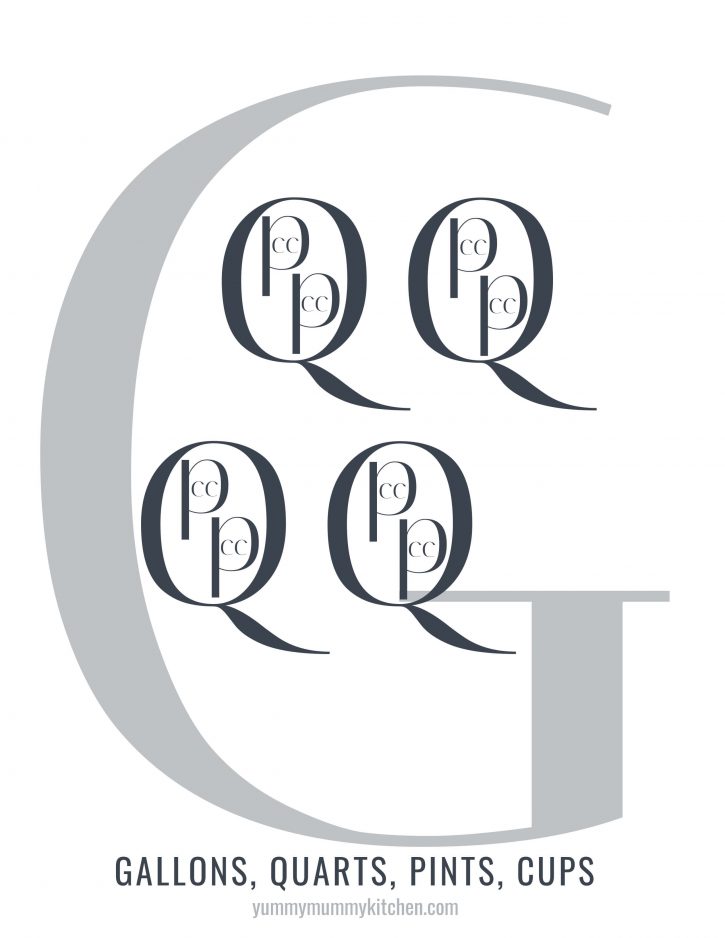
A larger storage tank can help in this regard since you’ll be able to draw on the stored air while you let the pump cool down. However, many very small compressors that can be plugged into your car are designed for continuous use – although they can still get overly hot after very long periods of use.
One more thing to think about is the length of your compressor’s power cord and air hose. In general, it’s best to avoid using extension cords with air compressors, as it can cause power issues that degrade the motor. It’s always better to use a longer air hose, even though this can result in a slight loss in air power.
Since it’s not always convenient (or possible) to bring your tires to your compressor, you’ll want to be sure you can bring your compressor (or the inflator tool) to your tires. To this point, there are a few battery-powered portable compressor options out there.
The most important thing when choosing a compressor for tire inflation is to make sure the compressor’s max PSI exceeds (or is at least equal to) the tire’s recommended inflation pressure.
Beyond that, the rest of the factors will determine how quickly and efficiently you can get the job done. No one wants to spend an hour or more filling up their tires, so you’ll ideally want to find a compressor powerful enough to fill your tires rapidly and with minimal interruption. The key is to strike a balance between power and portability, depending on your needs. Thanks for reading!
Justin
Justin is a full-time blogger with a passion for anything DIY. When he's not hanging out with his wife and son, you can find him putting the finishing touches on yet another home project he's taken on. He's also the creator of AllAboutAirCompressors.com.
Please enable JavaScript in your browser to display pages properly.
8 (800) 707-65-40
Request a call
Remind password
Personal account
New customer
3 + 6 = I hereby confirm that I have read and agree to the terms of the privacy policy and consent to the processing of my personal data.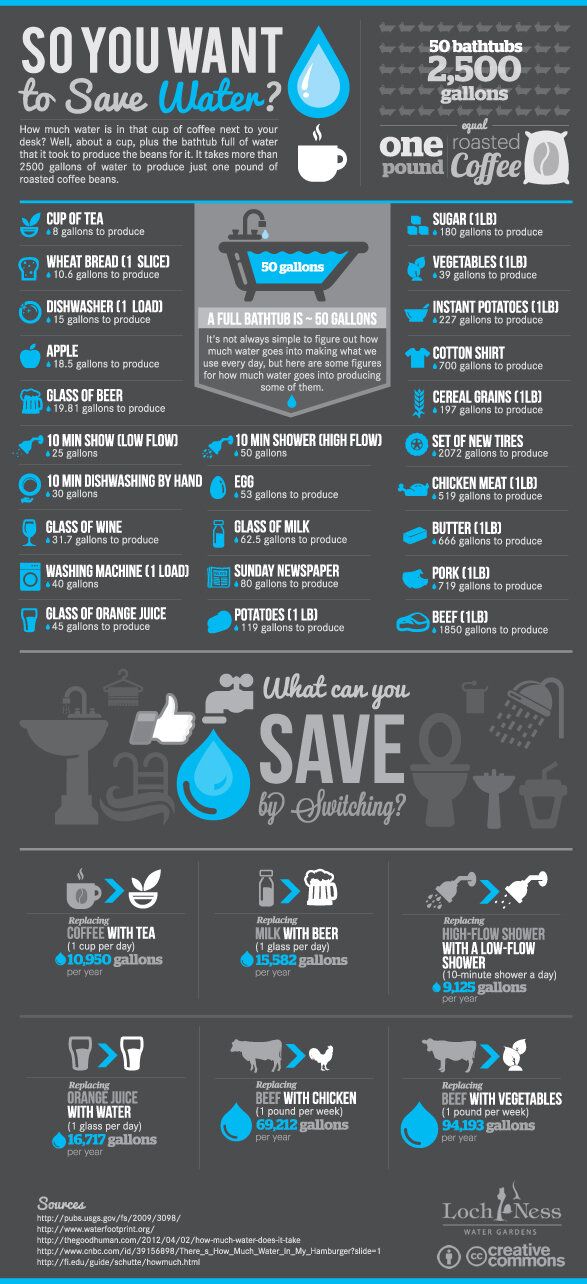 Learn more
Learn more
Request a call
Leave your phone number and a convenient time to call, and we will call you back
Shopul. Komsomolskoye highway, 3b st. Business, 7st. Vaneeva, 209Aul. Golubeva, 7 st. Karl Marx, 60 vul. Comintern, 39, room 1st. Generala Ivlieva, house 24Aul. Fuchik, 36, Perekhodnikova st., 28/1 st. Dyakonova, 2 r. Gaugelya 2A/2pr. Gagarina, 37b 7+7=I hereby confirm that I have read and agree to the terms of the privacy policy and consent to the processing of my personal data. Learn more
In order to provide standardized information on fuel consumption, wet grip and ambient rolling noise, the European Union has decided to introduce a mandatory label for all new tires (European label).
As of November 2012, all new tires sold in the EU must carry the European label sticker. The reason for this is to provide basic information about the tire and help the end user make a decision about choosing a new tire.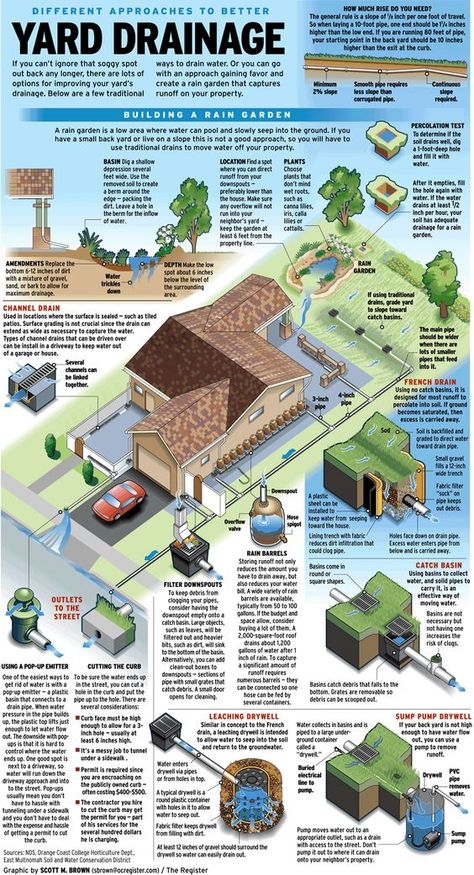
What determines the economy of a tire?
In simple terms, fuel efficient tires require less energy to overcome rolling resistance. Tires with low rolling resistance reduce fuel consumption because they require less energy for friction and heating. You may be familiar with the term "low rolling resistance" which essentially means the same thing.
How is fuel efficiency measured?
Fuel economy ranges from "A" to "G" on the color bar.
A (green) = maximum fuel efficiency
G (red) = minimum fuel efficiency
Rating "D" is not used for passenger cars.
Fuel consumption: The difference between grade "A" and "G" is 0.5 l/100 km, which is 80 liters of fuel per year (based on 15,000 km/year).
What does this rating mean
A difference between an "A" and "G" rating can indicate a difference in fuel consumption of up to 7.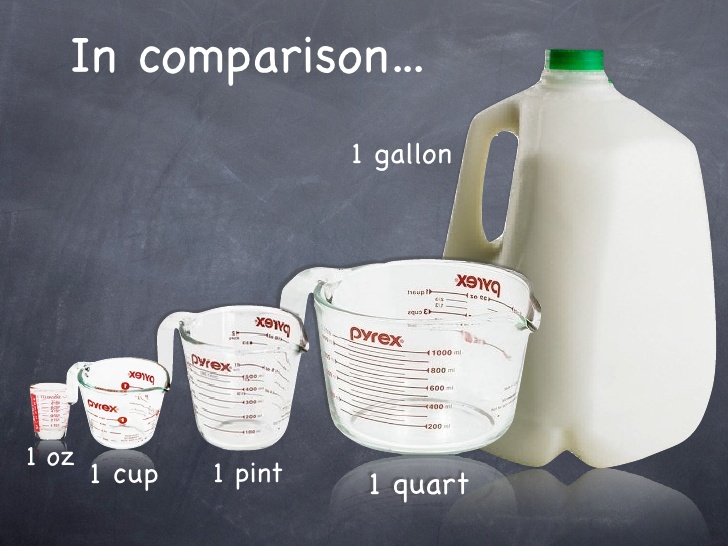 5%. In absolute terms, using 'A' rated tires instead of 'G' rated tires will save over 6 liters per 1,000 kilometers.*
5%. In absolute terms, using 'A' rated tires instead of 'G' rated tires will save over 6 liters per 1,000 kilometers.*
With an average fuel price of 1.50 euros per liter, you can save more than 300 euros over the life of your tires*
And don't forget about reducing your environmental impact!
*Assuming an average consumption of 8 liters per 100 km, a fuel price of 1.50 euros per liter and an average tire mileage of 35,000 km
What else affects fuel economy?
Keep an eye on your tire pressure for maximum fuel economy. Low tire pressure increases rolling resistance and affects wet traction. Vehicle weight and driving style also affect fuel consumption. Energy-efficient driving, also referred to as "eco-driving", can significantly reduce fuel consumption.
*Assuming an average consumption of 8 liters per 100 km, a fuel price of 1.50 euros per liter and an average tire mileage of 35,000 km
The values shown here are for illustrative purposes only. Values for different tire sizes may vary.
Values for different tire sizes may vary.
Marking:
A- Maximum fuel economy (Ratio of rolling resistance (RR), en kg/t RR ≤ 6.5)
Fuel efficiency is the first criterion that can be seen on a tire label. About 20% of a car's fuel consumption depends on the tire. The higher the rolling resistance of a tire, the higher the vehicle's fuel consumption. The label indicates the tire's rolling resistance class and ranges from A to G.
B - Very good fuel economy (Rolling resistance coefficient (RR), enkg/t6.6 ≤ RR ≤ 7.7)
Fuel efficiency is the first criterion that can be seen on a tire label. About 20% of a car's fuel consumption depends on the tire. The higher the rolling resistance of a tire, the higher the vehicle's fuel consumption. The label indicates the tire's rolling resistance class and ranges from A to G.
C- High fuel efficiency (Rolling resistance coefficient (RR), enkg/t7.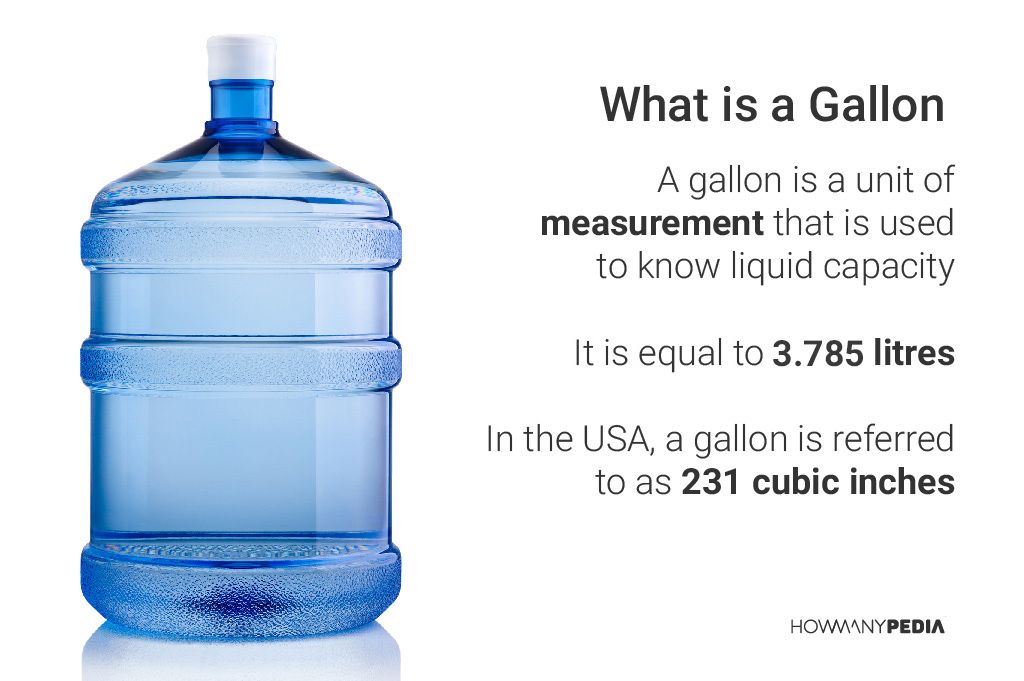 8 ≤ RR ≤ 9)
8 ≤ RR ≤ 9)
Fuel efficiency is the first criterion that can be seen on a tire label. About 20% of a car's fuel consumption depends on the tire. The higher the rolling resistance of a tire, the higher the vehicle's fuel consumption. The label indicates the tire's rolling resistance class and ranges from A to G.
D- average fuel economy (Ratio of rolling resistance (RR), enkg/tNot used)
Fuel efficiency is the first criterion that can be seen on a tire label. About 20% of a car's fuel consumption depends on the tire. The higher the rolling resistance of a tire, the higher the vehicle's fuel consumption. The label indicates the tire's rolling resistance class and ranges from A to G.
E- below-average fuel economy (Rolling resistance coefficient (RR), enkg/t9.1 ≤ RR ≤ 10.5)
Fuel efficiency is the first criterion that can be seen on a tire label. About 20% of a car's fuel consumption depends on the tire. The higher the rolling resistance of a tire, the higher the vehicle's fuel consumption. The label indicates the tire's rolling resistance class and ranges from A to G.
The higher the rolling resistance of a tire, the higher the vehicle's fuel consumption. The label indicates the tire's rolling resistance class and ranges from A to G.
F- low fuel efficiency (Rolling resistance coefficient (RR), enkg/t10.6 ≤ RR ≤ 12)
Fuel efficiency is the first criterion that can be seen on a tire label. About 20% of a car's fuel consumption depends on the tire. The higher the rolling resistance of a tire, the higher the vehicle's fuel consumption. The label indicates the tire's rolling resistance class and ranges from A to G.
G- minimum fuel economy (Rolling resistance coefficient (RR), enkg/tRR ≥ 12.1)
Fuel efficiency is the first criterion that can be seen on a tire label. About 20% of a car's fuel consumption depends on the tire. The higher the rolling resistance of a tire, the higher the vehicle's fuel consumption. The label indicates the tire's rolling resistance class and ranges from A to G.
Learn more about the EU tire label
Wet grip is an important factor when choosing new tires. Wet grip is an important factor when choosing new tires.
What is wet grip?
Wet grip is the ability of a tire to maintain contact with a wet surface. The EU classification addresses only one aspect of wet grip – the tire's wet braking performance.
How is wet grip measured?
Wet grip classified from "A" to "F":
A = maximum level
F = minimum level
For passenger cars, the indices "D" and "G" are not used.
Braking: The difference between a tire rated A and G is 18 meters, which is a distance of 4 cars.
What does this rating mean
In emergency situations, reducing the stopping distance by a few meters can be decisive. The braking distance of a passenger car on which tires with the index A are installed, during sudden braking from a speed of 80 km / h, will be 18 meters shorter ==> than when using tires with the index "F". *
*
Note: Always keep the recommended stopping distance while driving.
*When measured according to the method specified in EU regulation 1222/2009. The braking distance depends on road conditions and other factors.
The values shown here are for illustrative purposes only. Values for different tire sizes may vary.
Items:
A- Maximum wet grip (Grip coefficient (where G is the comparison index) 1.55 ≤ G)
The criterion characterizes the length of the braking distance on a wet surface. Tires are rated A to F. For example, the difference in stopping distance between a tire rated A and a tire rated F is 18 meters, assuming the vehicle is traveling at 80 km/h.
B - very high wet grip (Grip coefficient (where G is the comparison index) 1.40 ≤ G ≤ 1.54)
The criterion characterizes the length of the braking distance on a wet surface. Tires are rated A to F. For example, the difference in stopping distance between a tire rated A and a tire rated F is 18 meters, assuming the vehicle is traveling at 80 km/h.
For example, the difference in stopping distance between a tire rated A and a tire rated F is 18 meters, assuming the vehicle is traveling at 80 km/h.
C- high grip on wet surfaces (Grip coefficient (where G is the comparison index) 1.25 ≤ G ≤ 1.39)
The criterion characterizes the length of the braking distance on a wet surface. Tires are rated A to F. For example, the difference in stopping distance between a tire rated A and a tire rated F is 18 meters, assuming the vehicle is traveling at 80 km/h.
D- average wet grip (Grip coefficient (where G is a comparison index) Not used)
The criterion characterizes the length of the braking distance on a wet surface. Tires are rated A to F. For example, the difference in stopping distance between a tire rated A and a tire rated F is 18 meters, assuming the vehicle is traveling at 80 km/h.
E - below-average wet grip (Grip coefficient (where G is the comparison index) 1.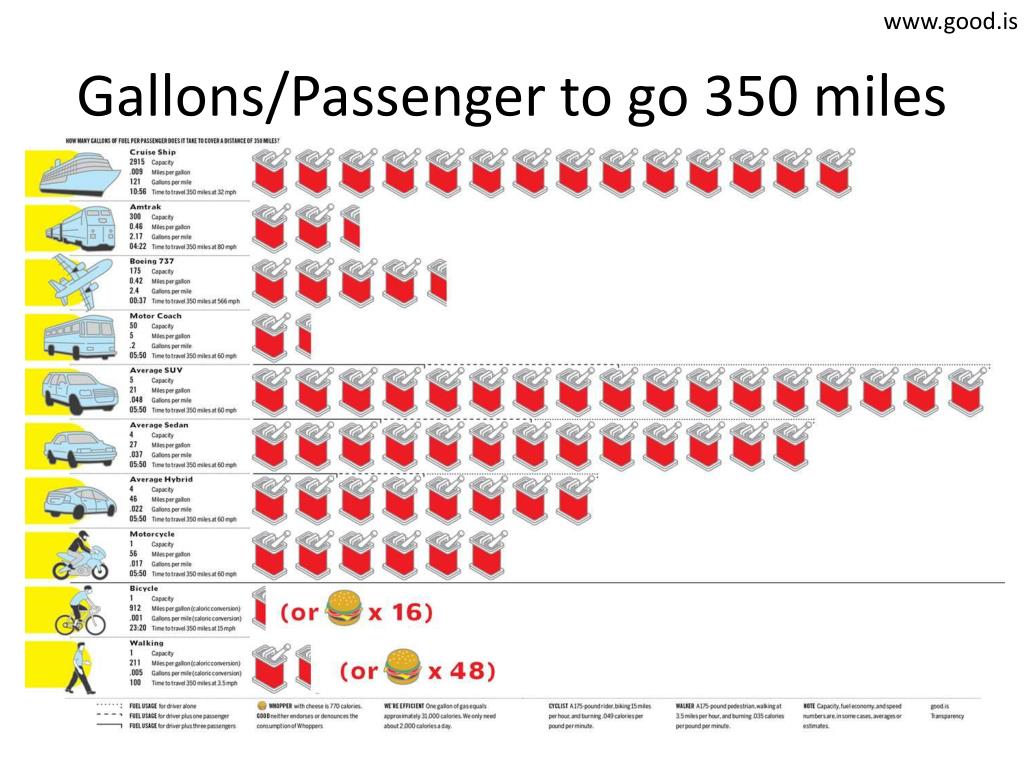 10 ≤ G ≤ 1.24)
10 ≤ G ≤ 1.24)
The criterion characterizes the length of the braking distance on a wet surface. Tires are rated A to F. For example, the difference in stopping distance between a tire rated A and a tire rated F is 18 meters, assuming the vehicle is traveling at 80 km/h.
F- low grip on wet surfaces (Grip coefficient (where G is the comparison index) G ≤ 1.09)
The criterion characterizes the length of the braking distance on a wet surface. Tires are rated A to F. For example, the difference in stopping distance between a tire rated A and a tire rated F is 18 meters, assuming the vehicle is traveling at 80 km/h.
G- minimum wet grip (Grip coefficient (where G is a comparison index) Not used)
The criterion characterizes the length of the braking distance on a wet surface. Tires are rated A to F. For example, the difference in stopping distance between a tire rated A and a tire rated F is 18 meters, assuming the vehicle is traveling at 80 km/h.
More about the EU tire label
A significant part of the noise generated by a vehicle when driving is due to tires. Quiet tires help reduce your vehicle's environmental impact.
What is covered by the EU tire noise classification
The EU classification measures the level of outside noise generated by tires in decibels.
Noise class
Since many people are not familiar with decibels, a graphic designation of the noise class is also given. This code shows how the tire's performance compares to future European tire noise limits.
1 black wave: quiet bus (at least 3 dB below the future European limit)
2 black waves: moderately noisy bus (between future limit and -3 dB)
3 black waves: noisy tire (exceeds future European limit)
What does this rating mean
The number of decibels is measured on a logarithmic scale.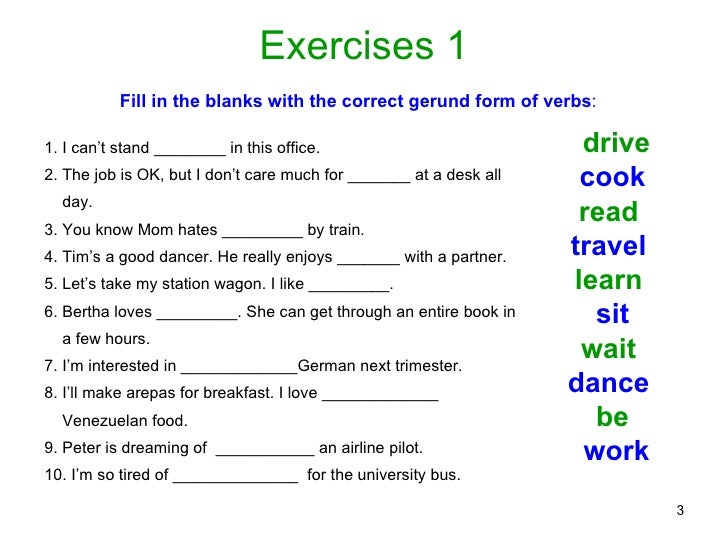 An additional few decibels results in a significant increase in the noise level. In fact, a 3dB difference doubles the amount of noise produced by the tire.
An additional few decibels results in a significant increase in the noise level. In fact, a 3dB difference doubles the amount of noise produced by the tire.
Thousands of cars take to the roads every day. If we use quieter tires, the noise in our cities will be much less.
Complain
Thank
Online shop KOLOBOX
If the low fuel level sensor lights up on the instrument panel, do you need to immediately panic and rush to the gas station or do you have a couple of kilometers in stock? And to be precise: how many kilometers can you drive on a burning light bulb so that “nothing happened for it”?
Information about the reserve of the fuel tank is in the instructions for the car. But, firstly, those who like to read the manual - frames are as rare as Amur tigers. Secondly, everything is written in such a generalized way that there is little sense. For example, an accurately conveyed phrase from the instructions for KIA Rio and Hyundai Solaris: "The low fuel warning lamp lights up when the fuel tank is almost empty." Not very constructive, but with a hint of menace: "The depletion of the fuel supply can endanger the people in the car."
For example, an accurately conveyed phrase from the instructions for KIA Rio and Hyundai Solaris: "The low fuel warning lamp lights up when the fuel tank is almost empty." Not very constructive, but with a hint of menace: "The depletion of the fuel supply can endanger the people in the car."
Meanwhile, Solaris or Rio still have 7-8 reserve liters left in the tank.
Manufacturers of Renault Duster, Renault Logan and Lada Largus sin with such vague phrases: “If the lamp lights up and does not go out, it is urgent to fill the tank with fuel.” But in the same Renault, only Sandero, it is clearly stated: “From the moment the warning light first comes on, you can drive another 50 km.”
Information about the reserve of the fuel tank is in the instructions for the car.
And although there is a mention of a control lamp in the Instructions for Vesta, the topic does not develop further. The Volkswagen Polo or Skoda Rapid is another matter: the manual says directly that the Polo will travel another 80 km, and the Rapid - all 100.
The specifics are present in the instructions for Lada XRAY “From the moment the signal lamp first lights up, you can drive about 50 km” and Lada 4 × 4 (Chevrolet Niva here): “Lights up in orange if less than 4 - 6.5 liters are left in the fuel tank ".
The Japanese, as always, are neat and pedantic. Toyota Camry: "Sensor indicates that there is approximately 10.5 liters of fuel or less" (this is more than 100 km), Toyota RAV4: "Indicates that the remaining fuel is 9.0 liters or less" (also about 100 km).
Consequences from which we would like to protect you.
Fuel "hunger" is bad and fraught with "unpleasant adventures":

The minimum you can count on is 5 liters. In fact, it is rather 7 liters, which is quite enough for 90 km if you are driving a B-class car along a country road. Don't panic, make it to the nearest gas station. Of course, if you are not in a forest or desert, then the next climb will fail.
On country trips, a 5-liter canister with a built-in watering can will not hurt. It is inexpensive and takes up minimal space in the trunk. If you close it hermetically, this will eliminate unpleasant odors in the cabin. Do not use plastic bottles - this is dangerous: they are flammable.
If you doubt the quality of gasoline at the first oncoming gas station, but the tank is almost empty, it is better to refuel.
After refueling, wait a couple of seconds, then turn on the ignition.
Top up the minimum so that it lasts until a proven gas station where you can fill a full tank. Good fuel will dilute gasoline of questionable quality. BUT! Do not start immediately: let a couple of seconds pass, then turn on the ignition. During this time, the engine will have time to “rejoice” with suitable gasoline.
Good fuel will dilute gasoline of questionable quality. BUT! Do not start immediately: let a couple of seconds pass, then turn on the ignition. During this time, the engine will have time to “rejoice” with suitable gasoline.
If you close the windows, the car's aerodynamics will improve. If the air conditioner is working, you will have to say goodbye to it for now, as it “eats” gasoline exorbitantly. Music and headlights can not be turned off, especially the latter - safety on the road depends on them. The movement should be uniform: do not accelerate too much and do not brake sharply.
Today, many cars are equipped with cruise control - this miracle of engineering helps to keep a certain speed. Cars on the “automatic” are more economical than the “mechanics”, because they change gears themselves and according to a clear algorithm. Excess cargo is not conducive to fuel economy: if you are driving with a trailer, leave it if possible - then return when you replenish fuel.